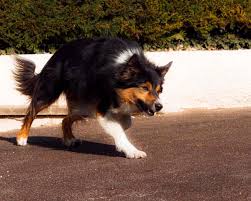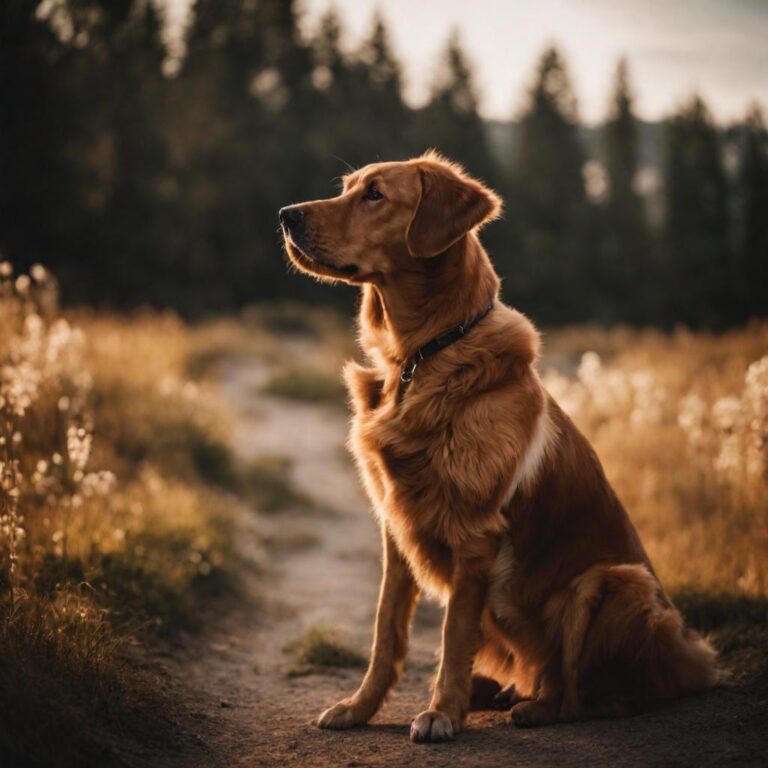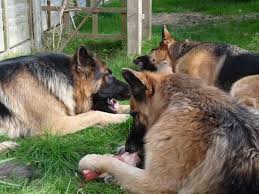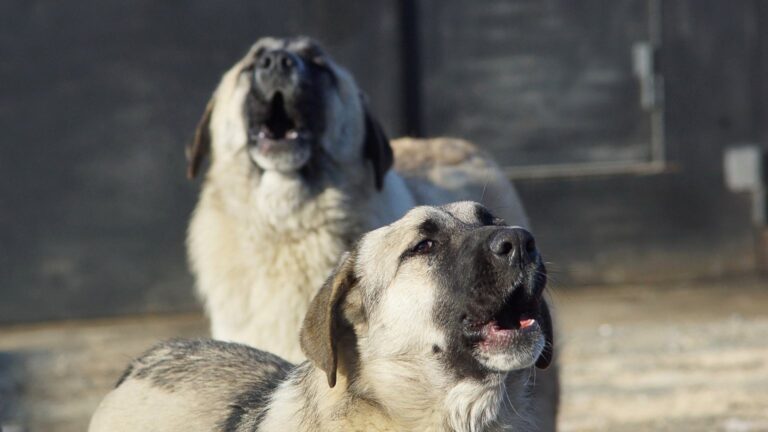Attack Dog Training Tips?
As the dog owner couldn’t be available around the dog every time, most of the dog owners want a dog to respond and respect the entire family. Meanwhile, most dog owners want dogs to be protective companions against harmful persons or things.
Do you want a dog to be your companion to protect you from harm and violence while you are alone?
Let’s check out the suitable dogs and training process for those dogs to achieve the above results.
Guard dog vs Attack Dog
A guard dog is trained to caution its owner on the presence of an outsider through barking. Guard dogs are not regularly trained to attack command or to act forcefully towards an outsider. Along these lines, guard dogs are generally not excellent attack dogs.
Attack dogs are regularly utilized by police and law implementation. They are trained to attack command and react forcefully to expected dangers or gate crashers.
Most attack dogs’ training shows that they are trained as an all-rounder. They won’t act in a forceful manner except if they are commanded to by their owner. Attack dogs that are not well-trained could attack abruptly and pose a genuine risk to people and different creatures.
Attack dog characteristics analysis
An attack dog, or a watchdog, is trained to safeguard your property and your family. Most dogs are not educated to attack. Maybe, they are educated to show non-fierce techniques, like how to stand or how to bark to alarm your owner.
In spite of prevalent thinking, a decent attack dog should not respond out of fear or aggression. A good attack dog should stay loyal to his owner’s attack dog commands. Yet, remain in defense of its owner and his property. The ideal attack dog should be wary to deal with new circumstances.
A well-socialized attack dog will actually want to perceive and be careful about an outsider in his owner’s essence, yet won’t attack or turn out to be excessively aggressive towards that stranger until it gets a command from its owner.
Loyal dogs make incredible attack dogs. The more faithful your dog is to you is almost certain he will protect and secure you.
Consideration of dog breeds
As the matter of fact, most dogs can be trained to be attack dogs. But, certain dog breeds are referred to make great attack dogs as they are naturally suspicious about outsiders.
These dogs can become great watchdogs since they’re territorial and defensive.
German Shepherds, Rottweiler, Bullmastiff, Belgian Malinois, Belgian Tervuren, Doberman Pinschers, Akita, Great Pyrenees, Pugs, Chow, Shar-Pei, and Mastiffs are commonly considered as the best attacking or guard dog breeds.
If your dog is not an attack dog breed, it is still possible to train your dog to be a great attack dog. But it’s expected that your dog exhibits characteristics of an attack dog.
How to train your dog to be an attack dog?
Training your dog to be an attack dog will take time and tolerance. However, the outcome will be a dog that won’t just attack you against danger, but also respects and behave in a good manner to you.
Teach obedience commands
Your dog should react to all fundamental acquiescence commands. He should sit, rests, and come to you 100% when called. As mentioned by AKC, the process of teaching your dog for “sit” command could be done by offering a treat whenever your dog sits naturally. Likewise, your dog should learn and react to the “bark” and “leave it” commands.
Socialize your dog
Appropriate socialization is fundamental for training your dog to be a decent attack dog. When your dog is well-socialized, it will be comfortable in his normal situations but he will be suspicious of unfamiliar and potential danger. The best time to socialize a dog is around three to twelve weeks of his age.
During the socialization time frame, you should introduce your dog to new individuals and let him comfortably adapt to new environments. Every time when your dog had a good social experience, reward him with treats or additional playtime.
During the training remember to keep your immunized. Vaccinate to keep him safe and healthy from infection during the training process.
Train your dog to bark on your command
This will be a decent alternative to make your dog act like a defensive partner.
Treat your dog and say “bark”. This will make your dog comprehend that it needs to bark whenever its owner needs it to bark.
Practice your dog to bark at random spots. You should test his reaction to the command when you talk for a walk or playing together in a public spot.
Consistency and practice are key to teach this command. If you need to test his reaction during a walk, quit walking him and look at him in the eye. At that point, say an energetic “bark” command. If he gets confused or falters at your command, stops offering the treat and retry the command.
In a perfect world, your dog should bark only once when you give him the command. Do not reward him if he barks continuously. In addition to that, wait for your dog to stop barking before you give another command to bark.
Teaching Your Dog the ‘Quiet’ Command
Since your dog has figured out how to bark on signal, the following is to command him to stop barking.
At the point when your dog begins barking put a delicious treat before his nose. When your dog quits barking to sniff the treat, say “thank you” or “quiet.” Immediately follow your verbal command with a treat.
Try not to shout or use an uproarious voice when you provide your verbal command. Your boisterous voice may add to your dog feeling frightened and may urge him to bark much more.
Train your dog to attack the target with control
This is the next step in training an attack dog which makes your dog behave like a raging bull whenever you face any violent situation. Make a stranger wear an oven mitt or a quilted blanket on his/her arm. Once your dog gets disturbed by this and barks at the stranger, then tell that stranger to act as he got frightened by the dog. This helps your dog to feel proud and to act in the same way without hesitation whenever you/your dog face any violent situations.
I think this is a thin point where we could stop the personal protection dog training for your dog after practicing the above gestures. This will be perfect for a dog to behave as a lovely socialized dog and at the same time, he will act like a warrior for your commands.
Raise your voice and say “Get Him” and encourage your dog to grab the stranger’s arm. If your dog hesitates to grab the stranger’s arm then tell the stranger to threaten your dog which will make your dog grab the stranger’s arm.
Usually, some of the dog breeds like Pit Bull, Rottweiler, etc. are not preferred for personal protection training. They have some natural abilities which could harm others beyond the expectation of the caretaker.
Teaching your dog to back off
This training is given in case if you need your dog to punish or bite someone with your command. Don’t try this with dog breeds like Pit Bull, Rottweiler, and so on.
It is important your dog should be eager to protect you while at the same time it should be ready to give up the target on your command.
Make your dog grab a stranger with its teeth. As soon as your dog grabs the stranger, tell the stranger to command “Leave it”. This will make your dog understand that he should leave when he hears a command “leave it” or anything identical to this word.
Most people think that they have to spend a huge amount of money to train their dog to be a good attack dog. In reality, it is an individual’s choice to fix the degree of protection they need from their dogs. The above tips will help you to train your dog as a perfect personal protector.
Additional attack dog training tips for effective results:
Keep the training sessions shorter
Most dogs – particularly at a young age – have a limited ability to focus (30 to 40 minutes) and will in general get exhausted easily. In this way, you should stop the training when you see that your dog is losing interest.
Finish training on a positive note
Always finish your training on a positive note. It’s a bad idea to stop training your dog immediately after disciplining or yelling angrily at it. This affects the dog’s emotions and the entire learning process.
Pick a fixed time for regular training
When teaching your dog some high-level commands, you should have some fixed timing for the training. After some time, your dog will become acclimated to this planning. At whatever point the time is drawing nearer, it will show its energy to learn.
Use light leashes
For your training, only use a lightweight leash or lead that is around six feet in length. Using heavy cowhide rope could be distracting for dogs.
Use commands reliably
Reliably using similar commands is vital when training your dog. Dogs quickly become accustomed to watchwords. For instance, in case you have begun training your dog to attack after hearing “attack”, absolutely never change your command word to “catch” or something different. This will confuse your dog.
AVMA has performed a study on the brutal attacks made by dogs in the US on humans. So make sure that your dog is not involved in any criminal activity as part of the training process. If so, you have to face a lawsuit that could take legal action against you.
As a final note, you shouldn’t change tutors during the training process of your dog. Decide the trainers before commencing the training. Would you teach it or with the help of a dog-training expert? Make a firm decision from the start.
Credit: Photos by David Taffet and C Perett on unsplash.






